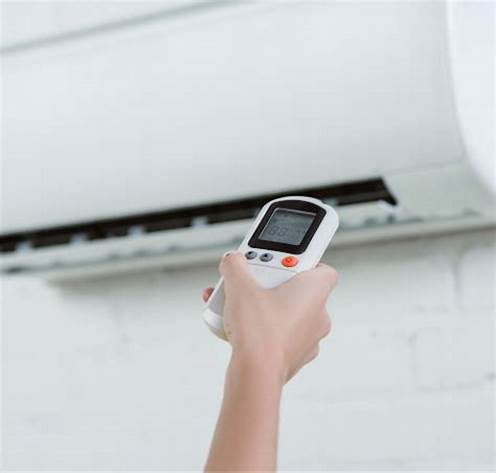
Carbon monoxide (CO) is an odorless, colorless gas that can be deadly if undetected. Because it is impossible to see, taste, or smell, it poses a significant risk in homes, particularly in those with fuel-burning appliances such as gas furnaces, water heaters, and stoves. Ensuring the safety of your household requires the installation and proper maintenance of carbon monoxide detectors.
Why Carbon Monoxide is Dangerous
Carbon monoxide interferes with the body’s ability to absorb oxygen. When inhaled, it binds to hemoglobin in the blood, preventing oxygen from being distributed throughout the body. This can lead to severe health issues, including headaches, dizziness, nausea, confusion, and even death. Vulnerable groups such as children, the elderly, and those with respiratory or heart conditions are particularly at risk.
The Importance of Carbon Monoxide Detectors
Given the dangers of carbon monoxide, having detectors in your home is crucial. These devices are designed to alert you when CO levels reach dangerous concentrations, giving you time to evacuate and seek help. Without a detector, you might not realize there’s an issue until it’s too late.
Where to Install Carbon Monoxide Detectors
To ensure maximum safety, carbon monoxide detectors should be installed in several key areas of your home:
- Near Sleeping Areas: Place a detector outside each bedroom to ensure that the alarm can be heard while you sleep.
- On Each Level of Your Home: Install at least one detector on every level, including the basement, to monitor CO levels throughout your home.
- Near Fuel-Burning Appliances: Position detectors near gas stoves, furnaces, or any other appliance that burns fuel, as these are the most common sources of CO leaks.
Maintaining Your Carbon Monoxide Detectors
Proper maintenance of your carbon monoxide detectors is essential for ensuring they function correctly:
- Regular Testing: Test your detectors monthly by pressing the test button to ensure the alarm works.
- Battery Replacement: Replace the batteries at least once a year, or more often if your detector indicates low battery power.
- Detector Replacement: CO detectors have a limited lifespan, typically 5 to 7 years. Check the manufacturer’s recommendations and replace your detectors as needed.
What to Do If Your Carbon Monoxide Detector Alarms
If your carbon monoxide detector goes off, take immediate action:
- Evacuate: Leave your home immediately and move to a location with fresh air.
- Call Emergency Services: Contact your local fire department or emergency services to report the situation.
- Seek Medical Attention: If anyone in your household shows symptoms of CO poisoning, seek medical help right away.
Conclusion
Carbon monoxide detectors play a critical role in protecting your home and family from the dangers of carbon monoxide poisoning. By installing these devices in the right locations and maintaining them properly, you can significantly reduce the risk of a deadly CO incident. For additional guidance on home safety and to ensure your HVAC system is functioning safely, consider reaching out to a trusted HVAC professional in Florida.